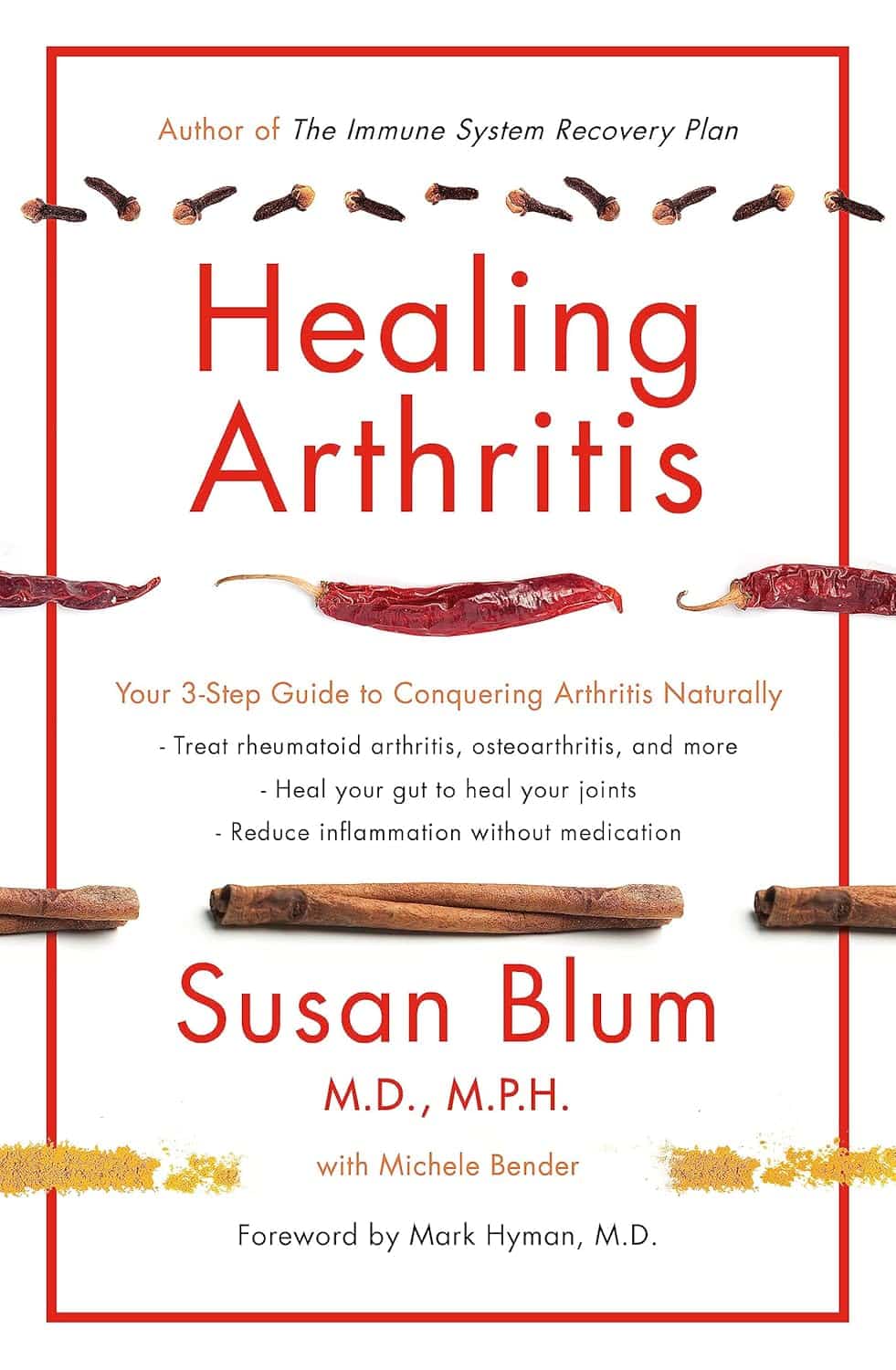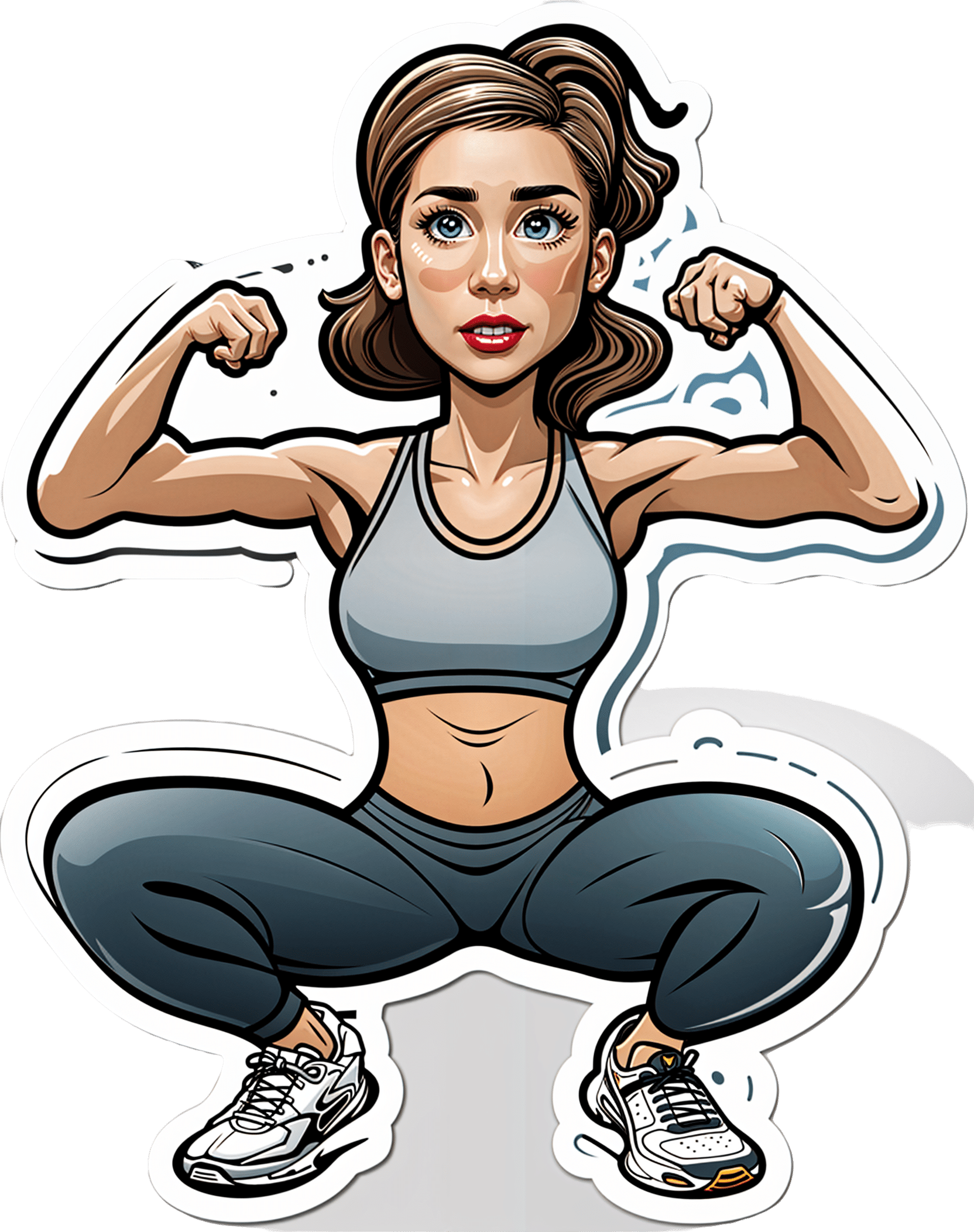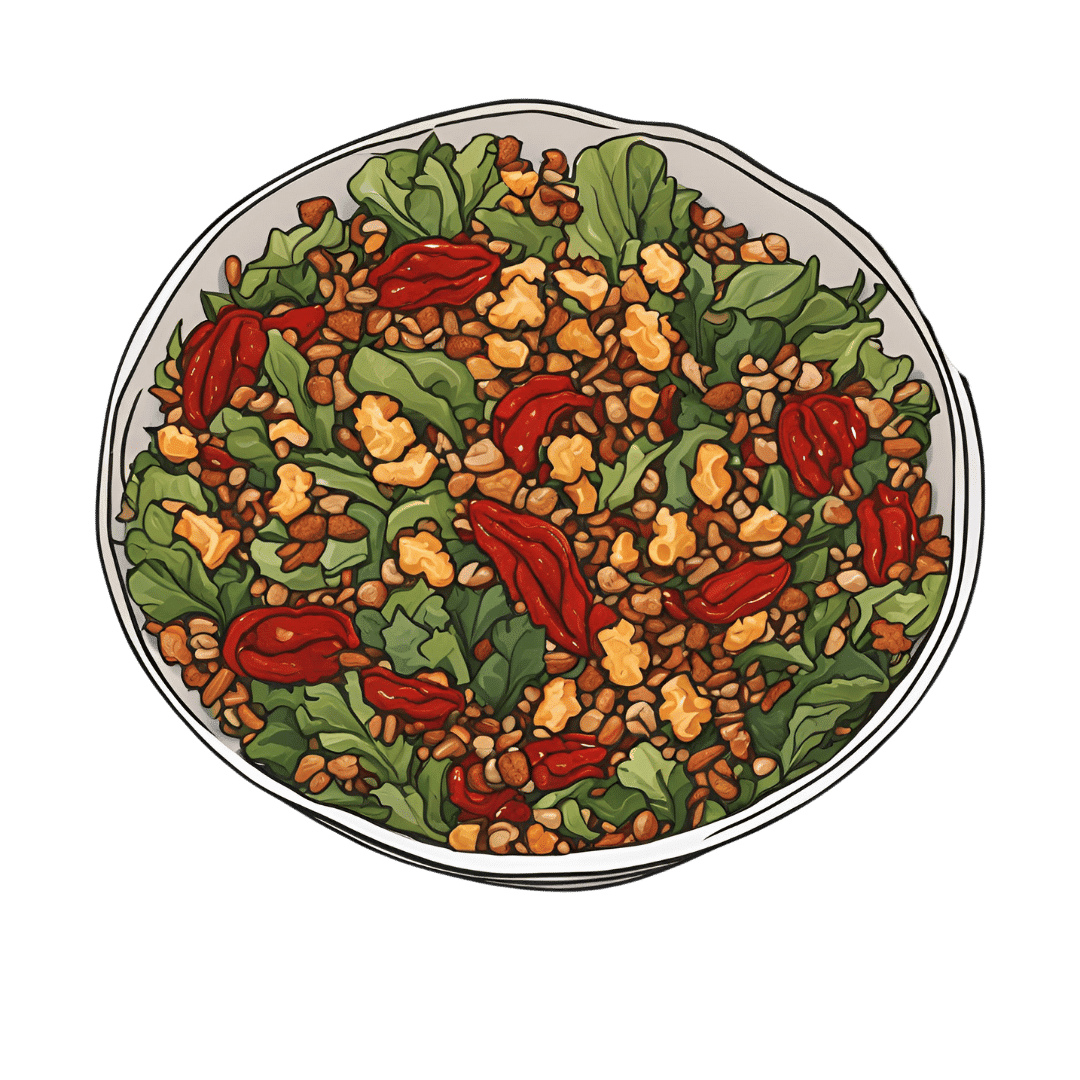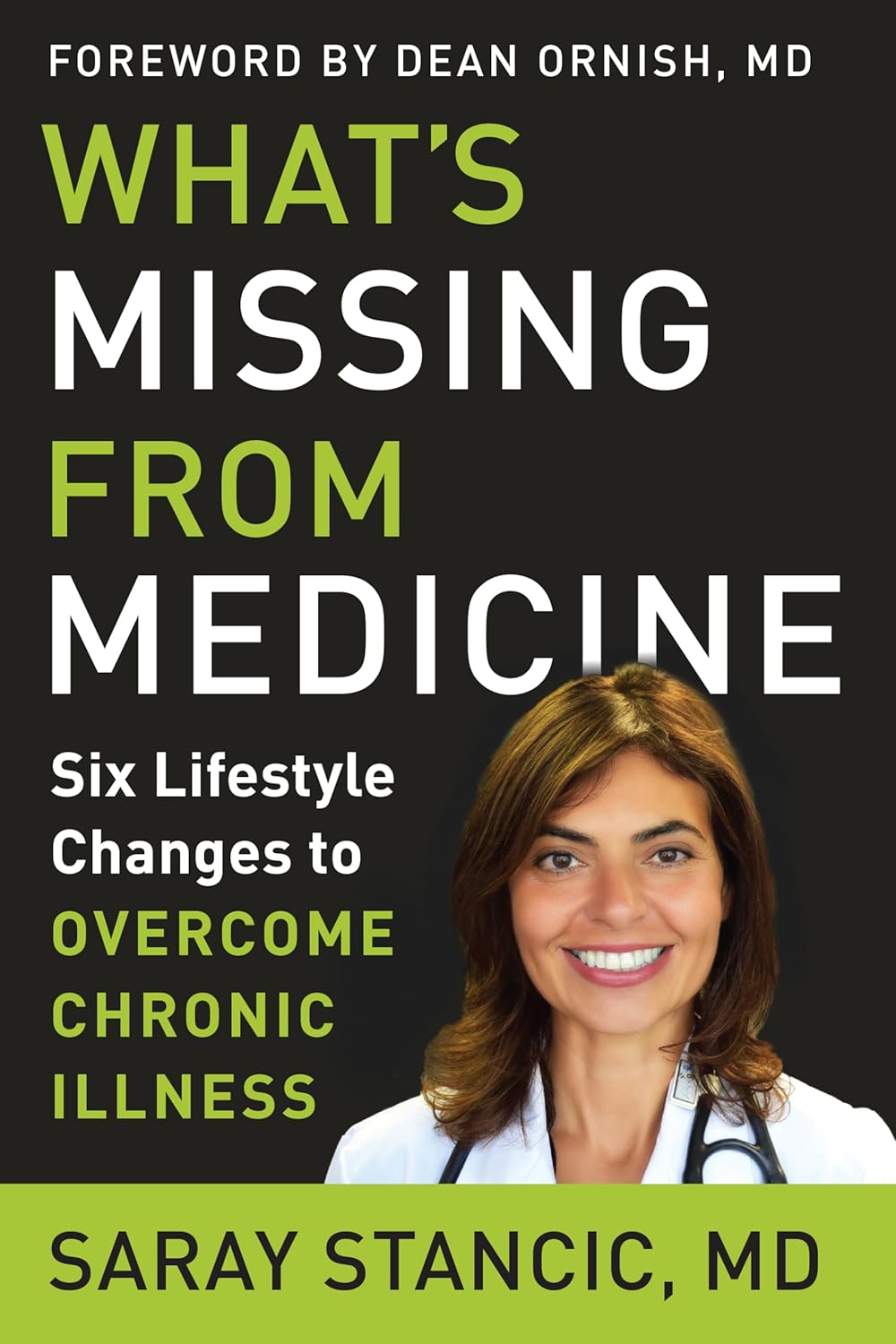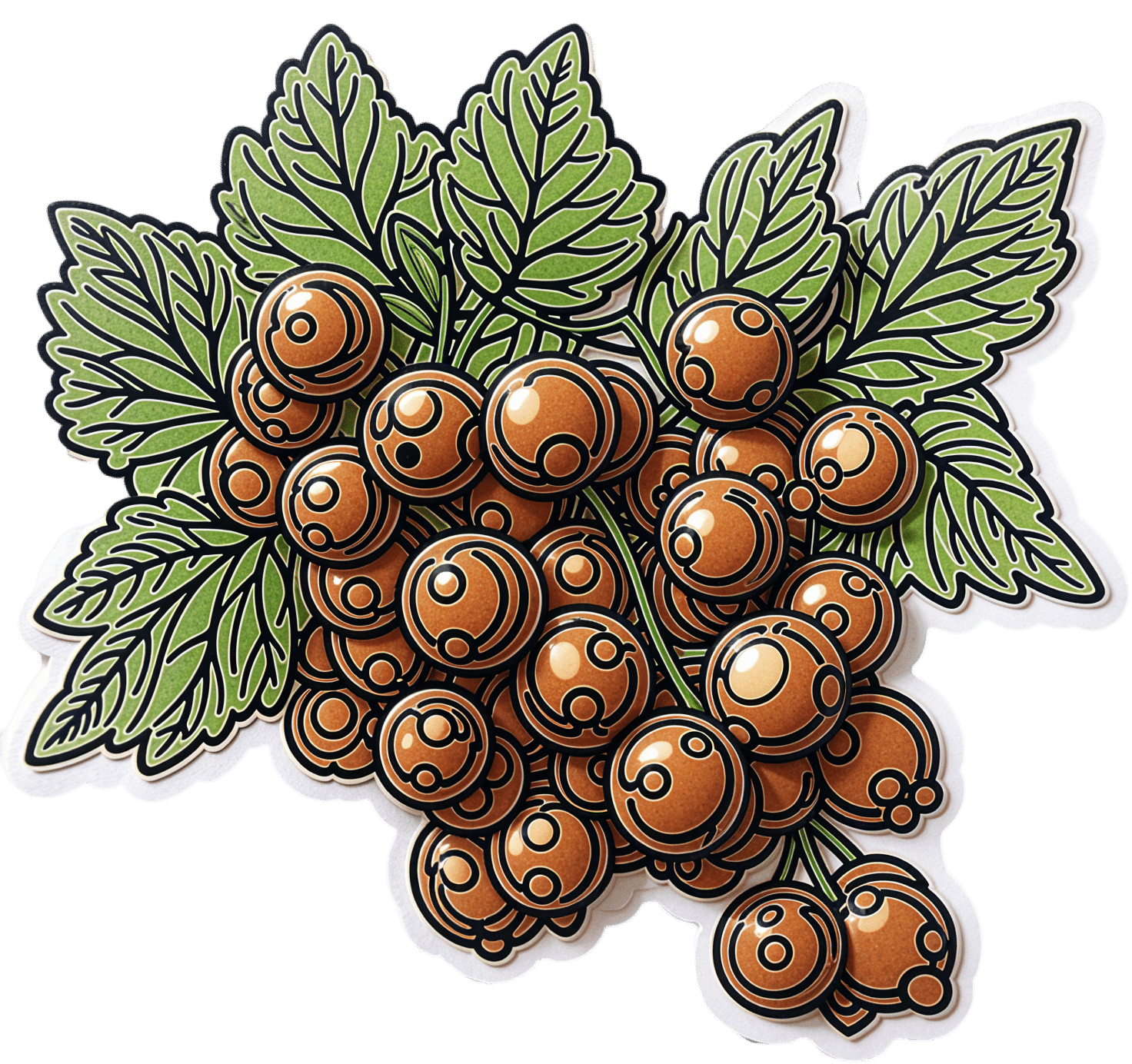
8 Pillars of Weight Loss Explained
10almonds is reader-supported. We may, at no cost to you, receive a portion of sales if you purchase a product through a link in this article.
Surprise, diet is #6 and exercise is #7:
How many do you do?
If your body is a temple, these are its eight pillars:
- Emotional freedom and resilience: understanding how the mind works and using techniques such as CBT, neurolinguistic programming, and meditation to reduce psychological stress and improve self-awareness.
- Vagal tone improvement: techniques to get the body out of fight-or-flight mode, improving blood flow, digestion, and reducing chronic pain.
- Lymphatic system support: to enhance your body’s internal cleanup system, boost energy, and alleviate pain.
- Gut health optimization: supporting digestion and gut health, so that your gut can work efficiently.
- Hormonal balance: addressing hormone imbalances to improve overall health, as well as supporting a healthy metabolism and weight loss.
- Dietary choices: choosing a sustainable diet that balances blood sugar, boosts metabolism, and suits your personal needs.
- Exercise and mobility: developing a sustainable workout plan that promotes fat loss, joint health, and muscle building.
- Habit formation: developing routines and habits to maintain progress and prevent relapse into old patterns.
For more on each of these, enjoy:
Click Here If The Embedded Video Doesn’t Load Automatically!
Want to learn more?
You might also like to read:
How To Lose Weight (Healthily!) ← our own main feature on the topic, detailing the best kinds of diet and exercise adjustments, as well as how to go about tending to some of the other factors mentioned above
Take care!
Don’t Forget…
Did you arrive here from our newsletter? Don’t forget to return to the email to continue learning!
Recommended
Learn to Age Gracefully
Join the 98k+ American women taking control of their health & aging with our 100% free (and fun!) daily emails:
-
Farmed Fish vs Wild Caught
10almonds is reader-supported. We may, at no cost to you, receive a portion of sales if you purchase a product through a link in this article.
It’s Q&A Day at 10almonds!
Have a question or a request? You can always hit “reply” to any of our emails, or use the feedback widget at the bottom!
In cases where we’ve already covered something, we might link to what we wrote before, but will always be happy to revisit any of our topics again in the future too—there’s always more to say!
As ever: if the question/request can be answered briefly, we’ll do it here in our Q&A Thursday edition. If not, we’ll make a main feature of it shortly afterwards!
So, no question/request too big or small 😎
❝Is it good to eat farm raised fish?❞
We’ll answer this as a purely health-related question (and thus not considering economy, ecology, ethics, or taste).
It’s certainly not as good as wild-caught fish, for several reasons, some more serious than others:
Farmed fish can have quite a different nutritional profile to wild-caught fish, and also contain more contaminants, including heavy metals.
For example, farmed fish tend to have much higher fat content for the same amount of protein, but lower levels of minerals and other nutrients. Here are two side-by-side:
Wild-caught salmon | Farmed salmon
See also:
Quantitative analysis of the benefits and risks of consuming farmed and wild salmon
Additionally, because fish in fish farms tend to be very susceptible to diseases (because of the artificially cramped and overcrowded environment), fish farms tend to make heavy use of antibiotics, which can cause all sorts of problems down the line:
So definitely, “let the buyer beware”!
Share This Post
-
Healing Arthritis – by Dr. Susan Blum
10almonds is reader-supported. We may, at no cost to you, receive a portion of sales if you purchase a product through a link in this article.
We previously reviewed another book by this author, her Immune System Recovery Plan, and today it’s more specific: healing arthritis
Of course, not all arthritis is rooted in immune dysfunction, but a) all of it is made worse by immune dysfunction and b) rheumatoid arthritis, which is an autoimmune disease, affects 1% of the population.
This book tackles all kinds of arthritis, by focusing on addressing the underlying causes and treating those, and (whether it was the cause or not) reducing inflammation without medication, because that will always help.
The “3 steps” mentioned in the subtitle are three stages of a plan to improve the gut microbiome in such a way that it not only stops worsening your arthritis, but starts making it better.
The style here is on the hard end of pop-science, so if you want something more conversational/personable, then this won’t be so much for you, but if you just want the information and explanation, then this does it just fine, and it has frequent references to the science to back it up, with a reassuringly extensive bibliography.
Bottom line: if you have arthritis and want a book that will help you to get either symptom-free or as close to that as is possible from your current condition (bearing in mind that arthritis is generally degenerative), then this is a great book for that.
Share This Post
-
What Happens To Your Body When You Do Squats Every Day-Not Just For Legs!
10almonds is reader-supported. We may, at no cost to you, receive a portion of sales if you purchase a product through a link in this article.
Squat Every Day? Yes, Please!
It’s back to basics with this video (below). Passion for Health’s video, “What Happens To Your Body When You Do Squats Every Day-Not Just For Legs!” really brings home how squats aren’t just a one-trick pony for your legs.
The humble bodyweight squat is shown to contribute to everything from bolstering all-around lower body strength to bettering bone density and increasing metabolism.
Indeed, squats are so powerful that we reviewed a whole book that focuses just on the topic of squatting. Other, broader books on exercise also focus on the positive impacts that squatting can make.
A proper squat goes beyond your legs, engaging your core, enhancing joint health, and, some argue, can lead to improved balance and circulation.
(Plus, they’re easy to execute, given they can be done anywhere, without any equipment).
This is probably why Luigi Fontana and Dr Rangan Chatterjee have spoken about the benefits of squatting.
How Should We Start?
The video goes beyond the ‘why’ and delves into the ‘how’, offering step-by-step squatting techniques.
It answers the burning question: should you really be doing squats every day?
(Hint: the answer is most likely “yes”).
Of course, some of us may not be able to squat, and for those, we’ll feature alternatives in a future article.
For beginners, the advice is to start slow, aiming for 10 repetitions. You can gradually increase that count as you feel your muscles strengthen. Experienced gym-goers might push for 20 or more reps, adding variations like jump squats for an extra challenge.
The key takeaway is to listen to your body and ensure rest days for muscle recovery.
At the end of the day, Passion for Health’s video is a treasure trove for squat lovers, from novices to the seasoned, and insists on the importance of form, frequency, and listening to one’s body.
How did you find that video? If you’ve discovered any great videos yourself that you’d like to share with fellow 10almonds readers, then please do email them to us!
Share This Post
Related Posts
-
Crispy Tempeh & Warming Mixed Grains In Harissa Dressing
10almonds is reader-supported. We may, at no cost to you, receive a portion of sales if you purchase a product through a link in this article.
Comfort food that packs a nutritional punch! Lots of protein, fiber, vitamins, minerals, and healthy fats, and more polyphenols than you can shake a fork at.
You will need
- 1 lb cooked mixed whole grains (your choice what kind; gluten-free options include buckwheat, quinoa, millet)
- 7 oz tempeh, cut into ½” cubes
- 2 red peppers, cut into strips
- 10 baby plum tomatoes, halved
- 1 avocado, pitted, peeled, and diced
- 1 bulb garlic, paperwork done but cloves left whole
- 1 oz black olives, pitted and halved
- 4 tbsp extra virgin olive oil
- 2 tbsp harissa paste
- 2 tbsp soy sauce (ideally tamari)
- 1 tbsp nutritional yeast
- 1 tbsp chia seeds
- 2 tsp black pepper, coarse ground
- 1 tsp red chili flakes
- 1 handful chopped fresh flat-leaf parsley
- ½ tsp MSG or 1 tsp low-sodium salt
Method
(we suggest you read everything at least once before doing anything)
1) Preheat the oven to 400℉ / 200℃.
2) Combine the red pepper strips with the tomatoes, garlic, 2 tbsp of the olive oil, and the MSG/salt, tossing thoroughly to ensure an even coating. Spread them on a lined baking tray, and roast for about 25 minutes. Remove when done, and allow to cool a little.
3) Combine the tempeh with the soy sauce and nutritional yeast flakes, tossing thoroughly to ensure an even coating. Spread them on a lined baking tray, and roast for about 25 minutes, tossing regularly to ensure it is crispy on all sides. If you get started on the tempeh as soon as the vegetables are in the oven, these should be ready only a few minutes after the vegetables.
4) Whisk together the remaining olive oil and harissa paste in a small bowl, to make the dressing,
5) Mix everything in a big serving bowl. By “everything” we mean the roasted vegetables, the crispy tempeh, the mixed grains, the dressing, the chia seeds, the black pepper, the red chili flakes, and the flat leaf parsley.
6) Serve warm.
Enjoy!
Want to learn more?
For those interested in some of the science of what we have going on today:
- Grains: Bread Of Life, Or Cereal Killer?
- Tempeh vs Tofu – Which is Healthier?
- Our Top 5 Spices: How Much Is Enough For Benefits?
Take care!
Don’t Forget…
Did you arrive here from our newsletter? Don’t forget to return to the email to continue learning!
Learn to Age Gracefully
Join the 98k+ American women taking control of their health & aging with our 100% free (and fun!) daily emails:
-
What’s Missing from Medicine – by Dr. Saray Stancic
10almonds is reader-supported. We may, at no cost to you, receive a portion of sales if you purchase a product through a link in this article.
Another from the ranks of “doctors who got a serious illness and it completely changed how they view the treatment of serious illness”, Dr. Stancic was diagnosed with multiple sclerosis, and wasn’t impressed with the treatments presented.
Taking an evidence-based lifestyle medicine approach, she was able to not only manage her illness sufficiently to resume her normal activities, but even when so far as to run a marathon, and today boasts a symptom-free, active life.
The subtitular six lifestyle changes are not too shocking, and include a plants-centric diet, good exercise, good sleep, stress management, avoidance of substance abuses, and a fostering of social connections, but the value here is in what she has to say about each, especially the ones that aren’t so self-explanatory and/or can even cause harm if done incorrectly (such as exercise, for example).
The style is on the academic end of pop-science, of the kind that has frequent data tables, lots of statistics, and an extensive bibliography, but is still very readable.
Bottom line: if you are faced with a chronic disease, or even just an increased risk of some chronic disease, or simply like to not take chances, then this is a high-value book for you.
Click here to check out What’s Missing From Medicine, and enjoy chronic good health!
Don’t Forget…
Did you arrive here from our newsletter? Don’t forget to return to the email to continue learning!
Learn to Age Gracefully
Join the 98k+ American women taking control of their health & aging with our 100% free (and fun!) daily emails:
-
Five Flavors & Five Benefits
10almonds is reader-supported. We may, at no cost to you, receive a portion of sales if you purchase a product through a link in this article.
Five Flavors Of Good Health
Schisandra chinensis, henceforth Schisandra, is also called the “five flavor fruit”, for covering the culinary bases of sweet, salt, bitter, sour, and pungent.
It can be eaten as a fruit (small red berries), juiced from the fruit, or otherwise extracted into supplements (dried powder of the fruit being a common one).
It has long enjoyed usage in various traditional medicines, especially in China and Siberia.
So, what are its health claims, and how does the science stack up?
Menopause
Most of the studies are mouse studies, and we prefer studies on humans, so here’s a small (n=36) randomized clinical trial that concluded…
❝Schisandra chinensis can be a safe and effective complementary medicine for menopausal symptoms, especially for hot flushes, sweating, and heart palpitations❞
~ Dr. Joon Young Park & Dr. Kye Hyun Kim
Read more: A randomized, double-blind, placebo-controlled trial of Schisandra chinensis for menopausal symptoms
Antioxidant (and perhaps more)
Like many berries, it’s a good source of lignans offering antioxidant effects:
Antioxidant Effects of Schisandra chinensis Fruits and Their Active Constituents
Lignans usually have anticancer effects too (which is reasonably, given what is antioxidant is usually anticancer and anti-inflammatory as well, by the same mechanism) but those have not yet been studied in schisandra specifically.
Antihepatotoxicity
In other words, it’s good for your liver. At least, so animal studies tell us, because human studies haven’t been done yet for this one. The effect is largely due to its antioxidant properties, but it seems especially effective for the liver—which is not surprising, giving the liver’s regeneration mechanism.
Anyway, here’s a fascinating study that didn’t even need to use the fruit itself, just the pollen from the plant, it was that potent:
Athletics enhancer
While it’s not yet filling the shelves of sports nutrition stores, we found a small (n=45) study with healthy post-menopausal women who took either 1g of schisandra (experimental group) or 1g of starch (placebo group), measured quadriceps muscle strength and resting lactate levels over the course of a 12 week intervention period, and found:
❝Supplementation of Schisandra chinensis extract can help to improve quadriceps muscle strength as well as decrease lactate level at rest in adult women ❞
Anti-Alzheimers & Anti-Parkinsons
The studies for this are all in vitro, but that’s because it’s hard to find volunteers willing to have their brains sliced and looked at under a microscope while they’re still alive.
Nevertheless, the results are compelling, and it seems uncontroversial to say that schisandra, or specifically Schisandrin B, a compound it contains, has not only anti-inflammatory properties, but also neuroprotective properties, and specifically blocks the formation of excess amyloid-β peptides in the brain (which are critical for the formation of amyloid plaque, as found in the brains of Alzheimer’s patients):
Is it safe?
For most people, yes! Some caveats:
- As it can stimulate the uterus, it’s not recommended if you’re pregant.
- Taking more than the recommended amount can worsen symptoms of heartburn, GERD, ulcers, or other illnesses like that.
And as ever, do speak with our own doctor/pharmacist if unsure, as your circumstances may vary and we cannot cover all possibilities here.
Where can I get some?
We don’t sell it, but here for your convenience is an example product on Amazon
Enjoy!
Don’t Forget…
Did you arrive here from our newsletter? Don’t forget to return to the email to continue learning!
Learn to Age Gracefully
Join the 98k+ American women taking control of their health & aging with our 100% free (and fun!) daily emails:



